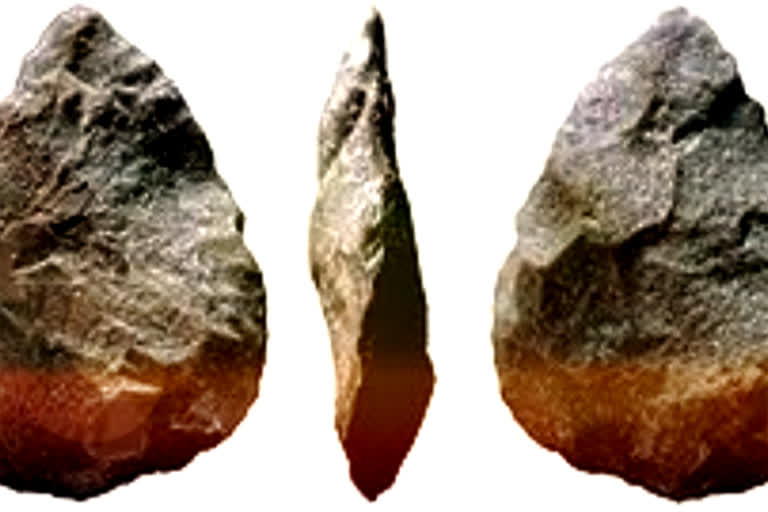New Delhi: Populations of ancient humans using Acheulean stone toolkits persisted in India until about 177,000 years ago, shortly before the earliest expansions of our own species, Homo sapiens, across Asia, according to a study published on Wednesday. The longest lasting tool-making tradition in prehistory, known as the Acheulean, was characterised by distinctive oval and pear-shaped stone handaxes and cleavers associated with Homo erectus and derived species such as Homo heidelbergensis.
Latest research led by the Max Planck Institute for the Science of Human History in Germany re-examined a key Acheulean site at the margins of the monsoon zone in the Thar Desert, Rajasthan. The study, published in the journal Scientific Reports, shows the presence of Acheulean populations until about 177,000 years ago, shortly before the earliest expansions of Homo sapiens across Asia.
The timing and route of the earliest expansions of our own species across Asia have been the focus of considerable debate. However, a growing body of evidence indicates Homo sapiens interacted with numerous populations of our closest evolutionary cousins, the researchers said. Identifying where these different populations met is critical to revealing the human and cultural landscape encountered by the earliest members of our species to expand beyond Africa, they said.
The researchers noted that although fossils of ancient human populations are extremely rare in South Asia, changes in the stone tool kits they made, used, and left behind can help resolve when and where these encounters may have occurred. The latest research reports the relatively recent occupation of the site of Singi Talav by Acheulean populations up to 177,000 years ago. The site was once thought to be amongst the oldest Acheulean sites in India, but now appears to be one of the youngest, according to the researchers.
These dates show the persistence of Acheulean populations in the Thar Desert after their disappearance in eastern Africa around 214,000 years ago and Arabia 190,000 years ago, they noted. The study illuminates the environmental conditions that allowed Acheulean populations to thrive at the margins of the monsoon in the Thar Desert until at least 177,000 years ago. "This supports evidence from across the region indicating that India hosted the youngest populations using Acheulean toolkits across the world," said Jimbob Blinkhorn of the Max Planck Institute for the Science of Human History, the lead author of the study.
